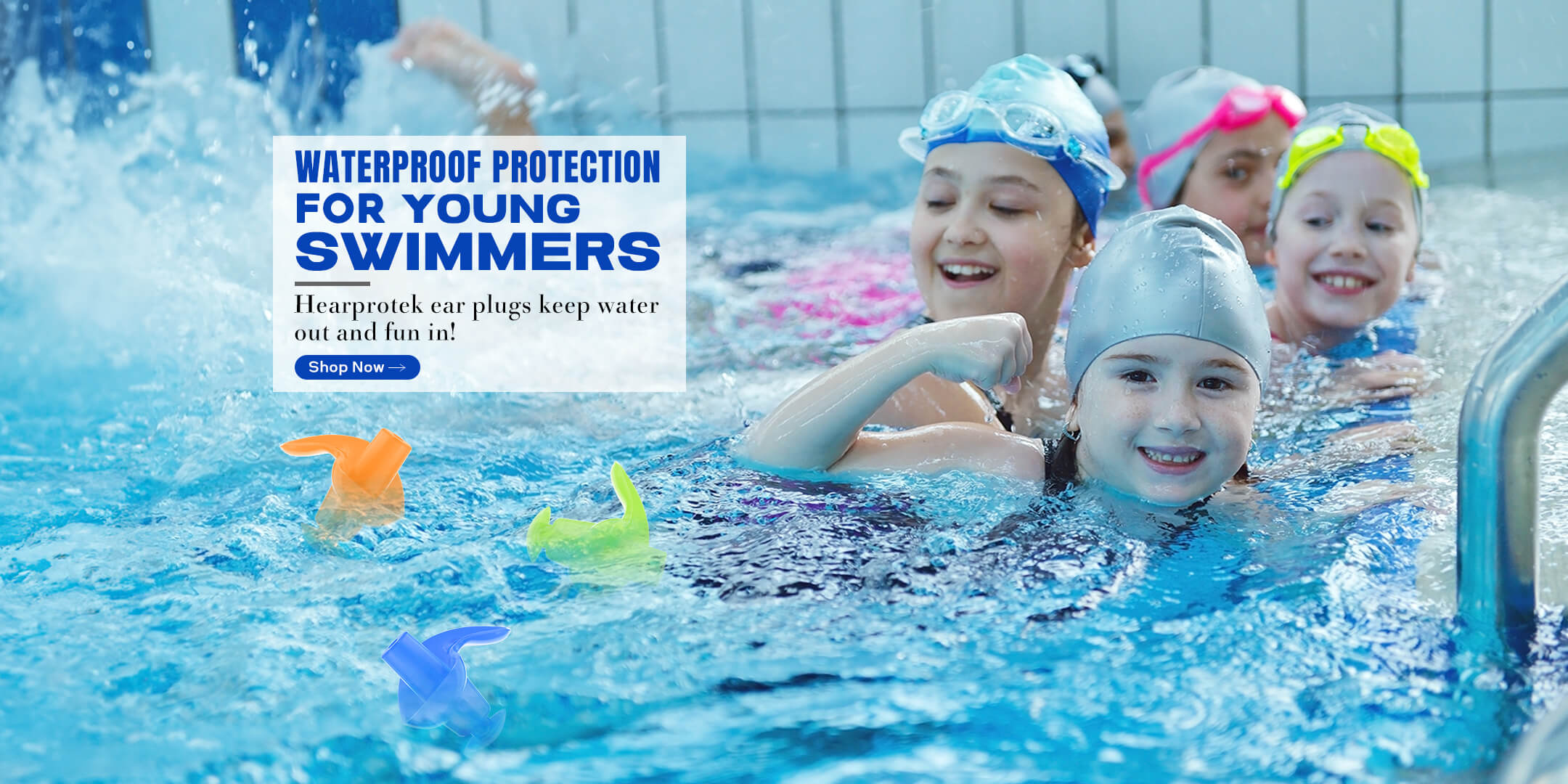Our ears are incredibly sensitive and important organs that require proper care and attention. Whether you work in a noisy environment, attend concerts, or simply want to protect your ears from loud noises, ear plugs are an essential tool. In this article, we will explore the best practices for using, cleaning, and replacing ear plugs to ensure optimal ear health.
Choosing the Right Ear Plugs
When it comes to ear plugs, one size does not fit all. It is crucial to choose the right type of ear plugs that suit your needs and provide a comfortable fit. There are various types of ear plugs available, including foam, silicone, and custom-molded ear plugs.
Foam ear plugs are affordable and widely available. They are designed to expand and conform to the shape of your ear canal, providing a snug fit. Silicone ear plugs are reusable and offer a more durable option. They are often molded to fit the unique shape of your ears, offering maximum comfort and protection. Custom-molded ear plugs are made by professionals and provide the best fit and highest level of noise reduction.
Proper Insertion and Removal
Inserting and removing ear plugs correctly is essential for their effectiveness and your comfort. Before inserting ear plugs, make sure your hands are clean to avoid introducing any dirt or bacteria into your ears. Gently roll or compress the ear plug between your fingers to make it smaller and easier to insert.
When inserting the ear plug, reach over your head with your opposite hand and pull your ear up and back to straighten the ear canal. This creates a clear path for the ear plug to slide in. Insert the ear plug slowly and gently, allowing it to expand and fill the ear canal. Once inserted, hold the ear plug in place for a few seconds to ensure a proper seal.
When removing ear plugs, gently twist and pull them out. Avoid yanking or pulling forcefully, as this can cause discomfort or damage to your ears. Proper insertion and removal techniques are crucial to prevent any harm to your ears and to ensure the ear plugs provide the intended level of protection.
Cleaning and Maintenance
Regular cleaning and maintenance of your ear plugs are important to keep them hygienic and in good condition. Foam ear plugs are typically disposable and should be replaced after each use. However, if you are using reusable ear plugs, it is essential to clean them properly.
To clean silicone or custom-molded ear plugs, gently wash them with mild soap and warm water. Avoid using harsh chemicals or alcohol-based solutions, as they can damage the material. After washing, rinse the ear plugs thoroughly and allow them to air dry completely before storing them in a clean case or container.
It is important to note that ear plugs have a limited lifespan and should be replaced regularly. Over time, the material can degrade, reducing their effectiveness. Additionally, ear plugs can accumulate dirt, wax, and bacteria, which can lead to ear infections if not properly cleaned or replaced.
Replacing Ear Plugs
Knowing when to replace your ear plugs is crucial for maintaining optimal ear protection. As a general rule of thumb, foam ear plugs should be replaced after each use, while reusable ear plugs should be replaced every 3-6 months, depending on their condition and usage.
Inspect your ear plugs regularly for any signs of wear and tear, such as cracks, tears, or changes in texture. If you notice any damage or if the ear plugs no longer provide a snug fit, it is time to replace them. Remember, compromised ear plugs can fail to provide adequate protection, putting your ears at risk.
By following these best practices in using, cleaning, and replacing ear plugs, you can ensure the longevity of your ear plugs and protect your ears from potential harm. Remember, your ears are precious, and taking care of them should be a top priority.
